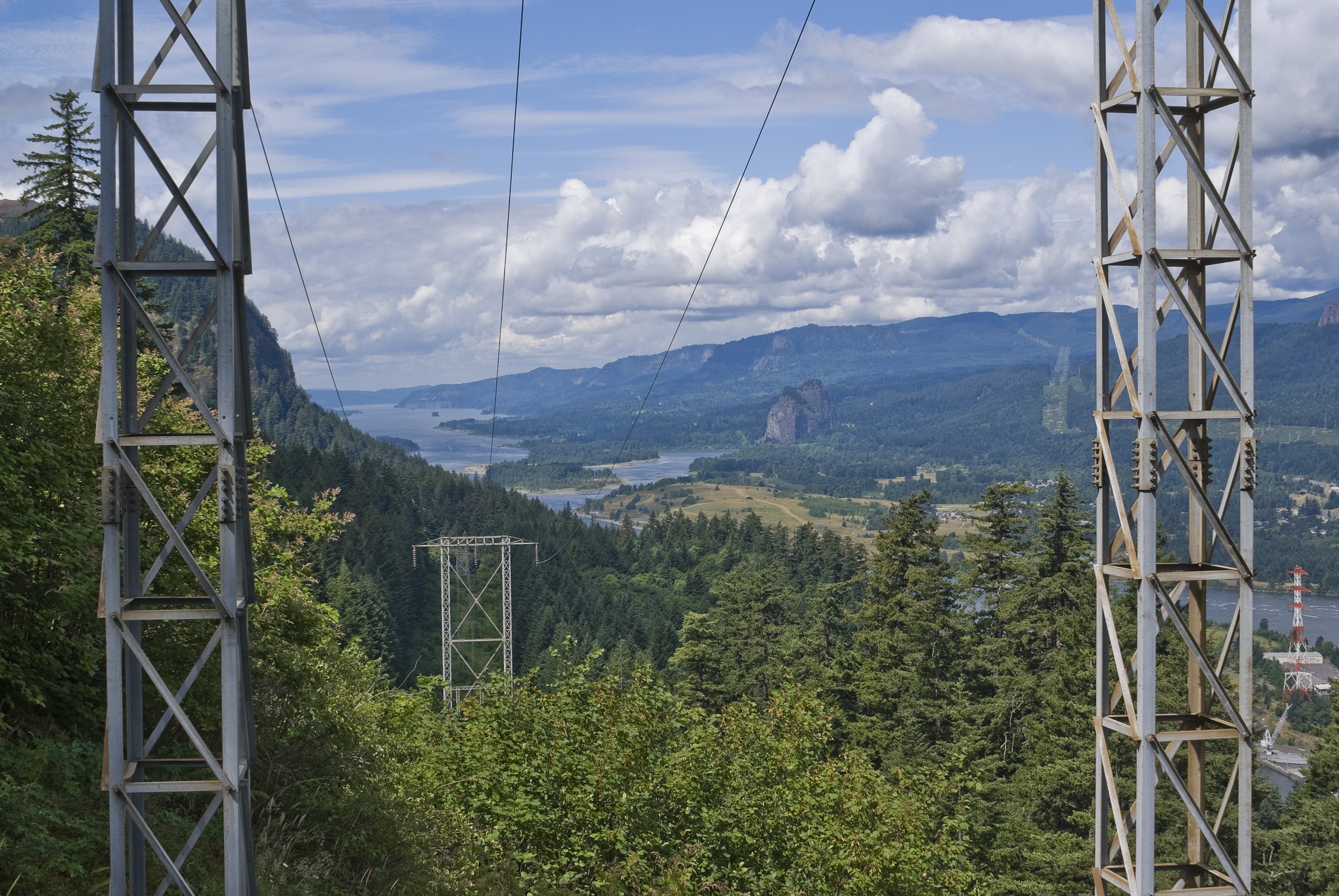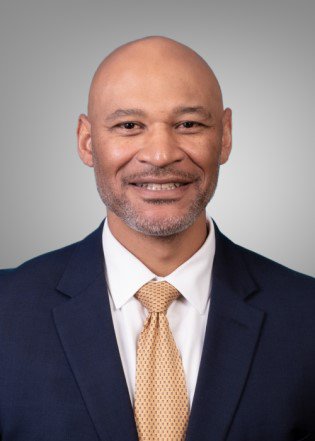BPA Administrator briefs Council on record-high for energy demand in July, new Columbia River Treaty agreement
Hairston also delivers updates on day-ahead markets, transmission planning
- July 16, 2024
- Peter Jensen

In a wide-ranging conversation, BPA Administrator John Hairston presented to the Council during its July meeting. Hairston covered topics including a new record high for energy demand that BPA reached earlier this month; a new agreement in principle on amendments to the Columbia River Treaty between the U.S. and Canada; new long-term contracts post-2028; joining a day-ahead market; and planning for expanded capacity in the regional transmission system. (Watch video)
New peaks for energy demand & winter storm costs

Hairston said in back-to-back days on Monday, July 8, and Tuesday, July 9, as temperatures around the Northwest soared to above 100F in many communities, BPA reached new record peaks for energy demand in their balancing authority – 9,179 MW on Monday and 9,223 MW on Tuesday. The prior record was 9,048 megawatts. He said BPA and energy providers were well-prepared for these heatwaves. “We’ve got some challenges ahead of us. It’s a good reminder that there has to be investment in the system as we move forward.”
Hairston said BPA was proud of the fact that it has navigated weather events like these and other circumstances in the past two years without having to raise rates, which he credited to the success of its broader financial plan strategy. “We’re setting ourselves up to be able to weather the proverbial storms that we’re seeing.”
Columbia River Treaty
Hairston also delivered a breaking-news update during his presentation, informing the Council that the U.S. and Canada were near an agreement on amendments to the Columbia River Treaty. The White House and Prime Minister Justin Trudeau announced the agreement the next morning; it will still need to be ratified by both nations. The treaty was originally agreed to in 1961.
“We’ve been negotiating this for some time,” Hairston said. “We were able to cover some important ground and come to what I would describe as a win-win. We’ve been able to work together to find an outcome that really addresses some important needs that both of us have.”
The terms of the 20-year agreement in principle were announced the day after Hairston’s presentation to the Council. They include:
- Lowering the amount of electricity that the U.S. sends to Canada, which has been known as the Canadian Entitlement. It would reduce from 1141 MW of capacity and 454 aMW energy currently to 660 MW of capacity and 305 aMW of energy beginning in 2025 (roughly 60%), and then phase down in subsequent years until, when the entitlement would be at 550 MW capacity and 225 aMW energy (50% of current levels). Canada also has the option to reduce the amount of reservoir storage currently dedicated to coordinated power operations, and if so, the amount of the Entitlement will reduce further. The agreement also commits Bonneville and Powerex (the power marketing arm of BC Hydro) to conduct a study on the expansion of transmission capability.
- Also under the new terms, Canada will provide 3.6 million acre feet in preplanned storage for flood risk management. That is less than the almost 8.5 million acre feet of flood storage Canada has been providing up until this year, but would otherwise go away completely starting next year under the terms of the existing Treaty. U.S. officials estimate that this arrangement means US storage reservoir operations will not be affected in seven out of 10 years. The US will pay Canada $37.6 million annually for that flood control space beginning right away in 2025, and an additional $16.6 million annually (or a total of $54.2 million annually) once the agreement has been ratified.
- The new agreement also formalizes flows to support salmon survival and migration that Canada has already been making available annually, pledges further coordination on reintroducing salmon to blocked areas in the Upper Columbia, and will form an Indigenous-led advisory body tasked with evaluating and recommending how Treaty operations can better support ecosystem needs.
Council staff are analyzing what these changes will mean for the Northwest's power grid as well as for fish and wildlife in the Columbia River Basin.
Contracts
Hairston said BPA intends to execute new long-term contracts with its customers in 2025, and provide power under those contracts in 2028. Concurrently, Bonneville will also be developing a resource acquisition strategy. The Council is well positioned to provide important guidance on cost-effective resource acquisition in support of any future obligations placed on Bonneville.
Under the Northwest Power Act, Bonneville Power Administration’s resource decisions must be consistent with the Council’s power plan. For the first time in decades, Bonneville may be acquiring new resources beyond conservation. The Council is engaged in early preparation work for the ninth power plan and aims to have a draft ready for public review by mid-2026.
“The contracts will establish what that load obligation will be,” Hairston said. “The contracts will not dictate how we will serve that load or commit BPA to acquiring any specific type of resources to meet that load if required. We will acquire resources if our firm obligations exceed our resource capabilities.”
Day-ahead markets
Hairston said BPA is participating in the early-stage development of two day-ahead markets in the Western U.S. One will be operated by the California ISO, and the other by the Southwest Power Pool. This spring, BPA staff recommended joining the SPP because of its independent governance among other reasons. BPA will decide on which to join in November. Washington Council Member Les Purce asked Hairston to explain more about BPA’s reasoning.
“Governance is very important for us, and that’s been something that’s driven where we’re at primarily in terms of a preference to this point,” Hairston said. “I understand folks within California are working hard to change governance. We’re still trying to figure out if it’s going to require some level of legislation, and if California can get to a level of governance that can make us comfortable, and make our customers comfortable. We are embarking on a decision-making process. There’s still time, there’s still opportunity for both markets to demonstrate which one will be the best option for us.”
Transmission planning
Hairston also spoke about upgrading BPA’s transmission system to meet increased load forecasts in the Northwest, primarily driven by electric vehicles, data centers, and the tech sector. He said new federal reforms are aiming to speed up transmission planning and construction, which could shave years off of processes that have taken 10 to 15 years in the past.
“We’ve fallen a step behind of where we need to be in transmission investment,” Hairston said. “It’s going to be critical that we build new infrastructure. Even in the Portland area, Intel’s talking about a giant expansion which could see as much as 1,000 more megawatts of demand. We’ve got to move quickly to be able to meet those demands.”



